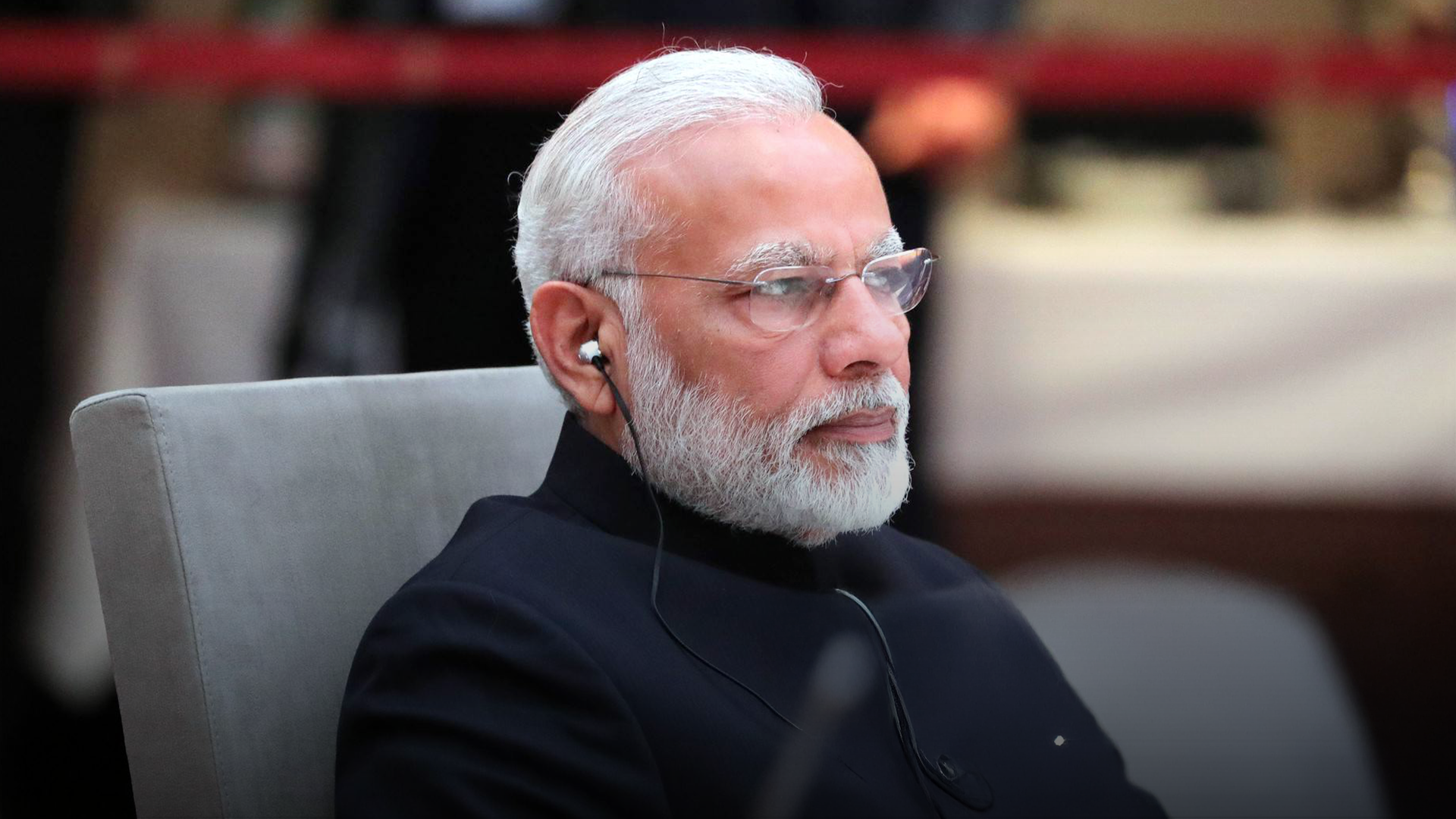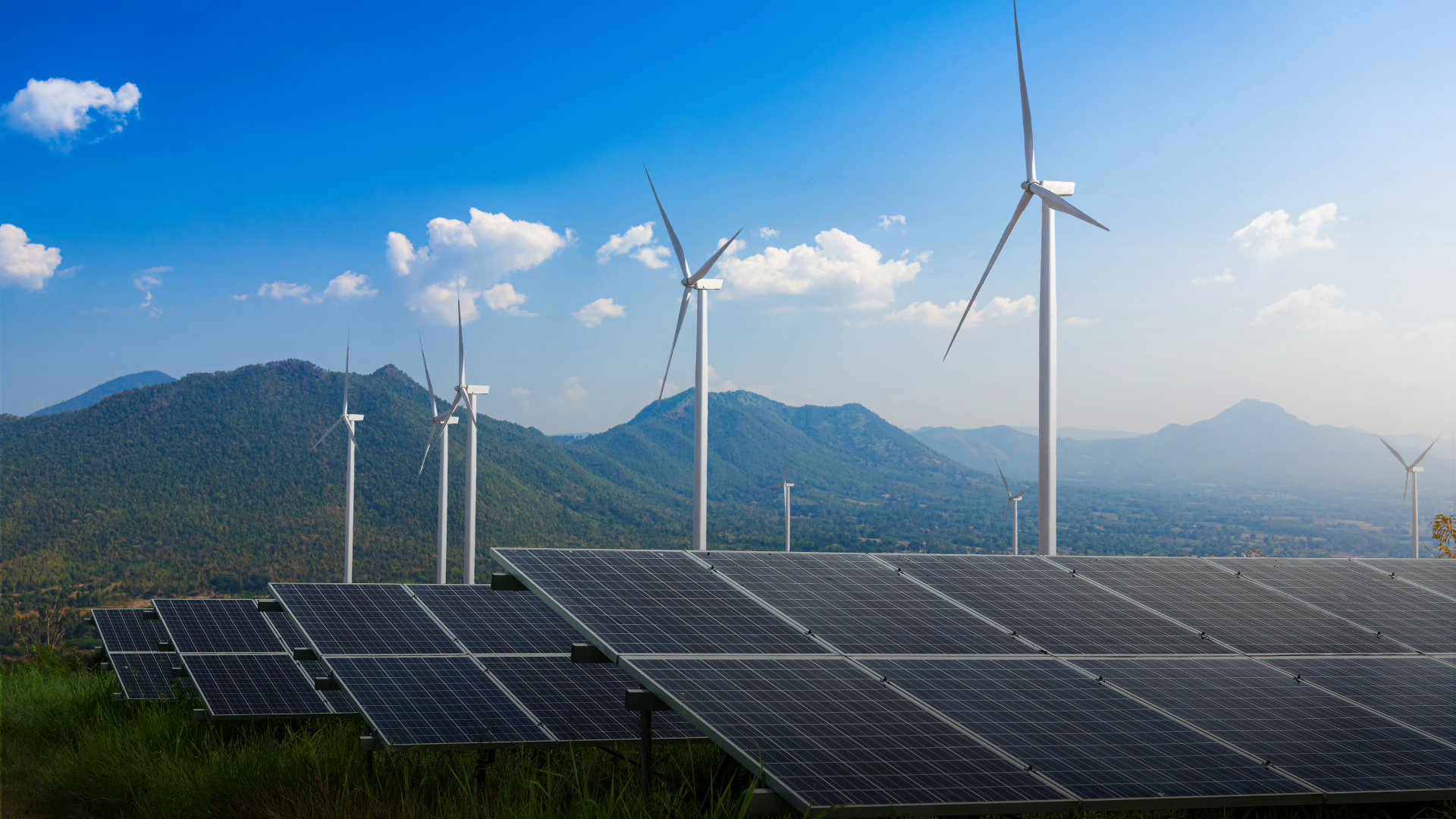Prime Minister Narendra Modi virtually inaugurated the India Energy Week 2025 on February 11. He underscored that the next two decades would be decisive for India’s future in terms of energy. The PM, in his speech, outlined the renewable energy roadmap comprising an ambitious set of targets the country is committed to achieving by 2030. He claimed India was well set to meet some of the significant goals over the next five years, particularly related to renewable energy and sustainable practices.
Increase in Renewable Energy Capacity
A key point in the Prime Minister’s speech was India’s goal to add 500 GW of renewable energy by 2030. As a part of the energy policy, it will position India firmly in the top league as a global producer of solar energy.India now stands at the world’s third position in terms of its output of solar power, and within such short periods, the non-fossil fuel energy capacity has only increased by threefold.
PM Modi added that India was also progressing steadily in biofuels. India has already achieved a 19% ethanol blending rate and plans to increase it to 20% by October 2025. In its pursuit of a green energy vision, India has targeted the production of 5 million metric tons of green hydrogen annually by 2030. PM Modi pointed to the rapidly expanding biofuel sector of India. The sector is fueled by 500 million metric tons of such sustainable feedstock that drives the energy transition.
Strengthening Global Biofuel Alliances
India established the Global Biofuel Alliance during its G20 presidency, a key initiative that is continuing to expand globally. So far, 28 countries and 12 organizations have joined the alliance, focusing on turning waste into wealth and advancing biofuel.
PM Modi also discussed India’s efforts to maximize hydrocarbon resources, boosted by major discoveries and the expansion of gas infrastructure. The country’s natural gas sector is growing significantly, and India is now the fourth-largest refining hub globally. Efforts are underway to expand refining capacity by 20% to support growing energy needs.
Also read: India Energy Week 2024: OPEC Secretary General says global energy demand to soar 23% by 2045
Five Key Pillars of India’s Energy Strategy
PM Modi outlined five strategic pillars that are driving India’s energy future stating “One, Abundant resources, which we are harnessing efficiently; second, encouraging innovation by leveraging the country’s brilliant minds; third, Strong economic foundation and political stability, enabling long-term investments; fourth, Strategic geographical location, which enhances India’s role in global energy trade and fifth, Commitment to global sustainability, fostering new opportunities in India’s energy sector.”
India’s Role in Global Energy Transition
PM Modi pointed out that the country’s energy transition is a new game-changer for the rest of the world, emphasizing its growing role in energy dynamics as the global economy shifts toward sustainability.




